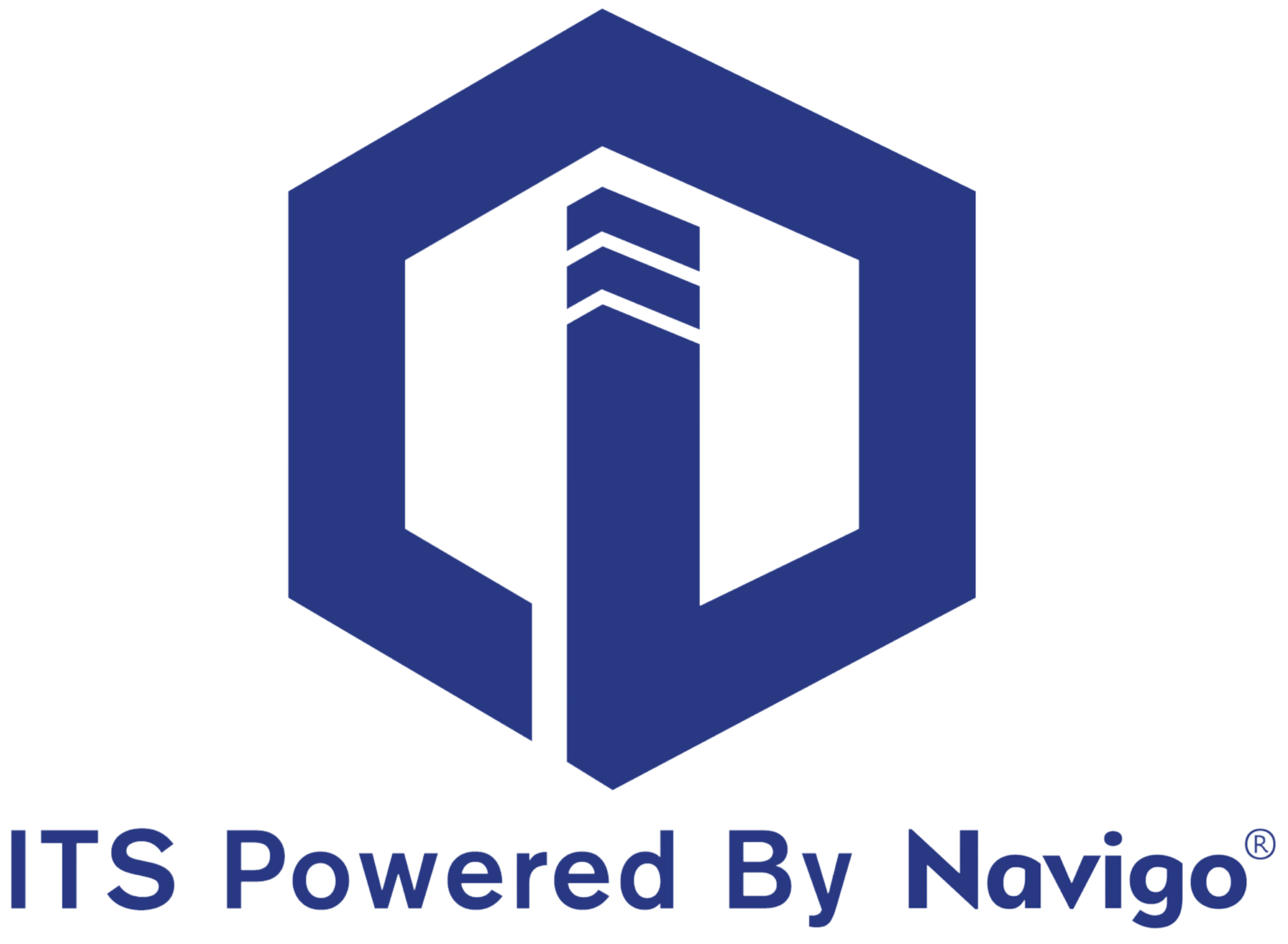Headquarters
7150 Columbia Gateway Drive, Suite L, Columbia, MD 21046
New York Location
112 West 34th Street, 18th floor, Room 18025 New York, NY 10001

As a commercial property manager, staying ahead of industry trends and best practices is crucial to maintaining property value and ensuring tenant satisfaction. This article provides key insights into optimizing operational efficiency, reducing costs, and enhancing tenant retention—critical aspects of your role. With the commercial real estate landscape constantly evolving, understanding these strategies can help you navigate challenges and seize new opportunities for growth. By reading on, you’ll gain actionable tips to elevate your property management approach and stay competitive in the market.
Smart Uses for QR Code Technology with Digital Signage Building Directories
3 minute read | Updated November 11, 2024
In the rapidly evolving landscape of commercial real estate, property managers are increasingly turning to technology to enhance efficiency and tenant satisfaction. One particularly innovative integration is the use of QR codes alongside digital signage and building directories. This synergy modernizes communication and simplifies property management. Here’s how utilizing QR codes can benefit property managers and make their jobs more efficient.
Enhanced Information Accessibility
Instant Access to Resources
QR codes can be placed on digital signage and directories, providing tenants and visitors with immediate access to information. By scanning a QR code, individuals can quickly view detailed information about the building, specific tenants, or upcoming events without needing to search manually. This instant access saves time and enhances the user experience.
Comprehensive Tenant Profiles
Property managers can create detailed profiles for each tenant that include contact information, services offered, and promotional content. When visitors scan a QR code associated with a tenant, they can access this information directly, streamlining interactions and reducing the need for property managers to relay details.
Improved Communication and Engagement.
Real-Time Updates
QR codes can link to dynamic content that property managers can update in real-time. For example, if there’s a change in amenities, services, or emergency procedures, a quick update to the QR code’s linked content ensures that everyone has the latest information without needing to change physical signage.
Tenant Interaction
Encouraging tenants to scan QR codes can increase engagement with building announcements or events. For instance, a QR code on a digital display can direct tenants to a survey or feedback form, allowing property managers to gather insights and improve services based on tenant input.
Cost-Effective Solutions
Reduced Print Costs
Using QR codes can minimize the need for printed materials. Instead of printing flyers or brochures for events, property managers can direct tenants to digital resources via QR codes. This not only cuts costs but also reduces paper waste, supporting sustainability initiatives.
Centralized Information Hub
QR codes can link to a centralized digital hub where tenants can find all relevant information about the property, including maintenance updates, tenant directories, and building policies. This centralized approach reduces the need for multiple printouts and creates a streamlined communication channel.
Streamlined Navigation
Interactive Wayfinding
When integrated into digital building directories, QR codes can enhance wayfinding efforts. Tenants and visitors can scan a QR code at a specific location to receive directions to their destination, eliminating confusion and improving the overall flow of foot traffic within the building.
Event Navigation
For larger events or conferences held within the building, QR codes can provide detailed schedules, session locations, and speaker information. This feature simplifies navigation and enhances the experience for attendees.
Increased Security and Safety
Emergency Procedures
In emergencies, QR codes can link to vital safety information, evacuation routes, or real-time updates. This allows property managers to communicate essential instructions quickly and efficiently, ensuring tenant safety during critical situations.
Visitor Management
QR codes can streamline the visitor check-in process. By scanning a QR code upon arrival, visitors can access information about whom they are visiting, including floor numbers and directions. This not only enhances security but also improves the overall visitor experience.
Analytics and Reporting
Tracking Engagement
QR codes provide valuable data on user engagement. Property managers can track how many times a code is scanned and what information is accessed. This data can inform decisions about content updates, tenant engagement strategies, and communication effectiveness.
Feedback Collection
By linking QR codes to feedback forms or surveys, property managers can gather insights directly from tenants. This real-time feedback allows for timely adjustments and fosters a sense of community and involvement among tenants.
The Key Takeaway
The integration of QR codes with digital signage and building directories in commercial office buildings offers a wealth of benefits for property managers. From improving accessibility to enhancing communication and engagement, these tools streamline operations and create a more efficient management process. As technology continues to advance, embracing QR codes as part of a comprehensive digital strategy is not just a modern approach—it's a strategic necessity for optimizing property management in today’s dynamic commercial real estate environment. By adopting these solutions, property managers can enhance tenant satisfaction, reduce operational costs, and ultimately create a more responsive and engaging workplace for everyone.
Explore itouchinc.com for more information on our solutions or contact us for needs unique to your property or project.
7150 Columbia Gateway Drive, Suite L, Columbia, MD 21046
112 West 34th Street, 18th floor, Room 18025 New York, NY 10001
Toll-Free
Phone
© Copyright 2025 ITS, Inc. All rights reserved.
Stay in touch with the latest news and updates from ITS, Inc.
7150 Columbia Gateway Drive, Suite L
Columbia, MD 21046
112 West 34th Street, 18-025
New York, NY 10001